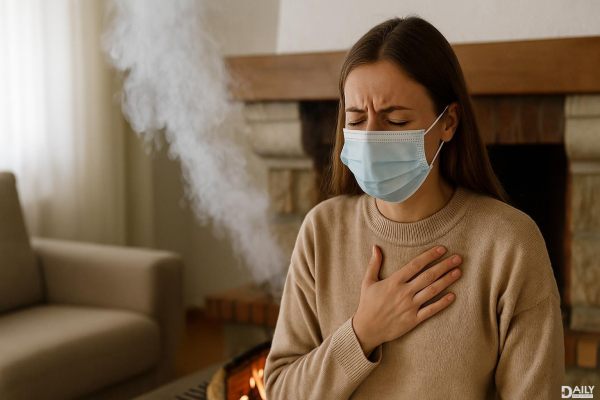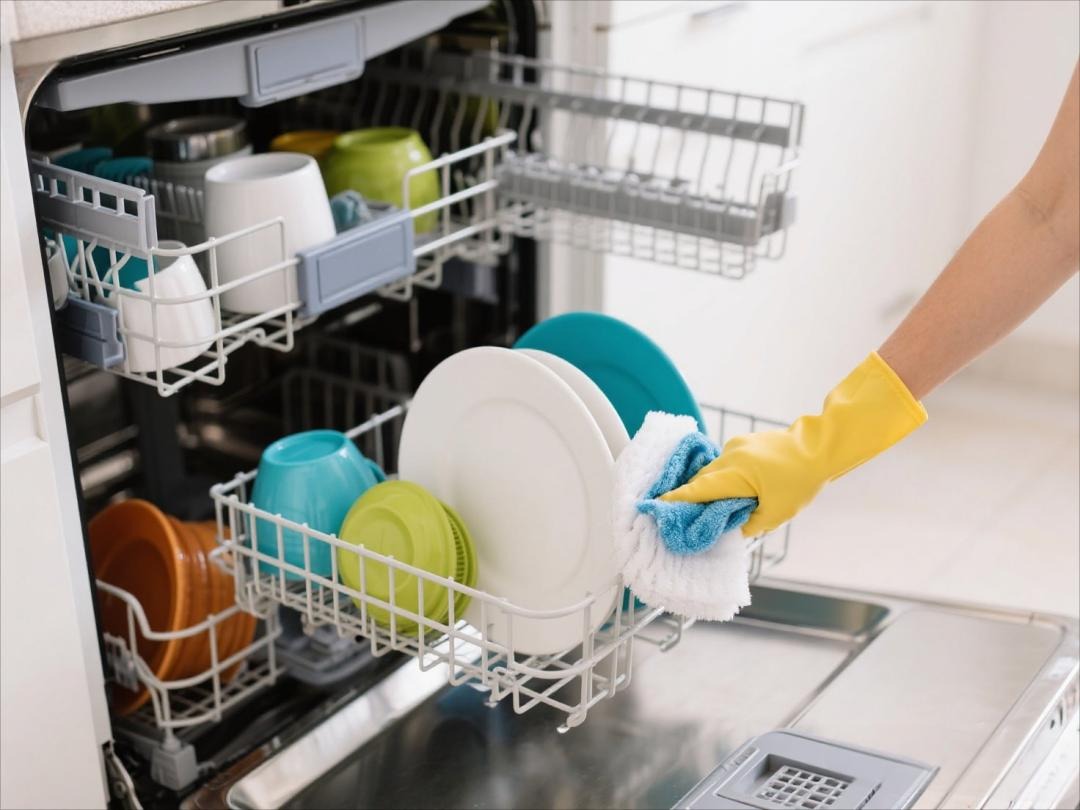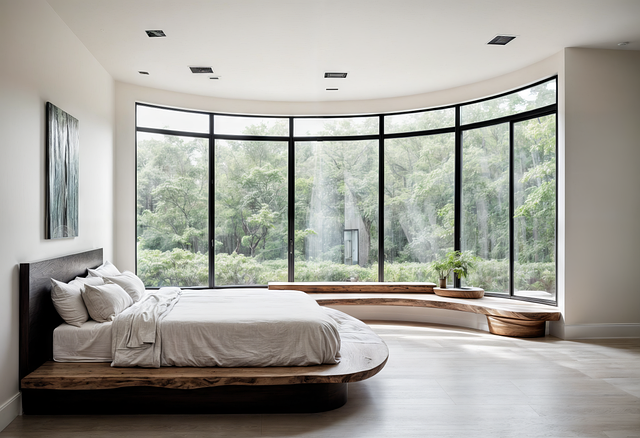Fireplace smoke at home might seem cozy, but it can seriously mess with your lungs and air quality. Whether you’re roasting marshmallows or just trying to stay warm, that smoke can sneak into your airways and cause trouble. The good news? You can enjoy your fireplace without sacrificing your health. Let’s break down how to keep your air clean and your lungs happy.

Fireplace smoke isn’t just a harmless cloud of warmth—it’s packed with tiny particles and gases that can irritate your lungs and even lead to long-term health issues. Think about it: when wood burns, it releases stuff like carbon monoxide, nitrogen oxides, and fine particulate matter (PM2.5). These particles are so small they can slip right into your lungs and bloodstream, causing inflammation, coughing, and even worsening conditions like asthma or heart disease. And if you’re using an older fireplace or burning wet wood, the problem gets even worse. So yeah, that cozy fire might be doing more harm than good.
First things first: if you’re using a fireplace, make sure it’s well-maintained. A clean, efficient fireplace produces less smoke. Start by having your chimney inspected and cleaned annually to remove creosote buildup, which can block airflow and increase smoke. Next, burn only dry, seasoned wood—wet or green wood creates more smoke and pollutants. And if you’re still using an old open fireplace, consider upgrading to an EPA-certified wood stove or insert. These modern options burn wood more efficiently, reducing smoke and improving air quality.
Even with a well-maintained fireplace, some smoke can still sneak into your living space. That’s where ventilation comes in. Crack open a window or two while the fire is burning to create airflow and push smoke out. If you’ve got a ceiling fan, turn it on to help circulate the air. And don’t forget about your HVAC system—make sure it’s equipped with a high-quality air filter (look for one with a MERV rating of 11 or higher) to trap smoke particles before they spread through your home.
If you’re serious about protecting your lungs, an air purifier is a game-changer. Look for one with a HEPA filter, which can capture those tiny smoke particles that your lungs definitely don’t want. Some purifiers even come with activated carbon filters to tackle the gases and odors that come with fireplace smoke. Place it near your fireplace or in the room where you spend the most time, and let it do the heavy lifting to keep your air clean.
Sometimes, the best way to protect your lungs is to skip the fireplace altogether. On days when the air quality outside is already poor (check your local air quality index), lighting a fire can make things worse indoors. And if you or someone in your household has a respiratory condition like asthma or COPD, it’s better to play it safe and opt for alternative heating methods. Electric heaters or even a cozy blanket can keep you warm without the smoke.
Protecting your lungs and air quality isn’t just about the fireplace—it’s also about the people using it. Teach your family (and guests!) how to build and maintain a fire properly. That means using dry wood, avoiding overloading the fireplace, and never burning trash or treated wood, which can release toxic chemicals. A little education goes a long way in keeping everyone healthy.
Fireplace smoke doesn’t have to be a health hazard. With the right precautions, you can enjoy the warmth and ambiance of a fire without compromising your lungs or air quality. Keep your fireplace clean, improve ventilation, invest in an air purifier, and know when to skip the fire altogether. Your lungs—and your family—will thank you.
























